I firmly believe that golfers are athletes and should train accordingly.
When I envision an athlete, I picture NFL receivers blazing down the field at speeds exceeding 20 mph, leaping three feet into the air to snag a football while dodging defenders. Now, I get it, we're talking golf here, not gridiron heroics.
But let’s set aside the notion of "golf-specific" training for a moment and consider why sprinting can enhance your golf swing.
The modern golf swing is a highly athletic movement. It's crucial to maximize our physical capabilities in every possible way, and sprinting can play a significant role in achieving that.
In many training programs, speed and power training often get overlooked. In my program, we incorporate plenty of jumps, medicine ball slams, explosive band exercises, and kettlebell swings. Sprinting also has its place, for those who are capable.
To put it simply, anything that improves your speed and explosiveness can directly translate into generating more clubhead speed. Sprinting enhances leg power, activates the central nervous system for fast-twitch muscle recruitment, and improves dynamic hip mobility. Plus, there’s even a cardiovascular benefit.
There’s a startling statistic floating around online—I couldn’t pinpoint the exact study, but it’s often cited that 95% of people over 30 never sprint again. Let's change that mindset, athletes!
For those following the Lift Heavy, Swing Fast program, here are some guidelines for incorporating sprinting into your routine:
EASE INTO IT - It’s crucial to build up your sprinting ability gradually. If you haven’t sprinted in years, don’t go all out like you’re fleeing from a bear on your first session. Start with a pace that feels comfortable and gradually increase speed.
DON’T SKIP THE WARMUP - I can’t stress this enough—proper warm-up is non-negotiable. A thorough dynamic warm-up is essential to prepare your body for sprinting.
IF YOU ARE SORE, SKIP IT - I schedule sprinting sessions on Mondays and Fridays to allow ample recovery time between workouts. If you’re still feeling sore from a previous workout, it’s best to skip the sprinting session.
The sprints will be short—there’s no specific distance prescribed, but the aim is to sprint for about 5-6 seconds, which is brief but intense.
SPRINTING OPTIONS
Use a Machine - If running isn’t feasible, machines like an assault bike, rower, ski erg, or swimming can provide similar benefits with short bursts of effort.
Hill Sprints (My Preference) - Running uphill is gentler on the hamstrings compared to flat surfaces and can help minimize soreness.
Running Start - Unless you have track experience, it’s advisable to start with a running start. Begin with a gradual jog, build up speed, then transition into a short sprint.
Sprinting not only enhances your golf performance but also improves overall athleticism off the course.
If you’re curious about how sprinting fits into a Golf Fitness Program, join us at Lift Heavy, Swing Fast.








